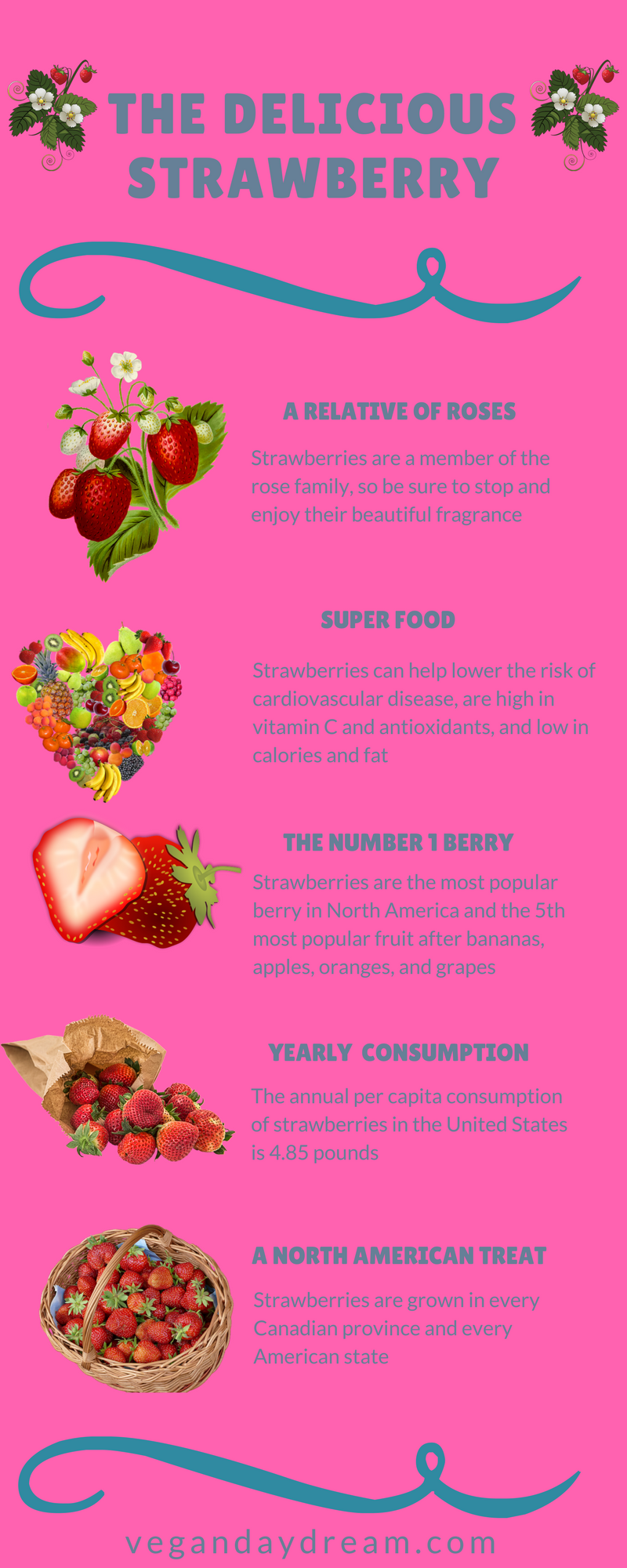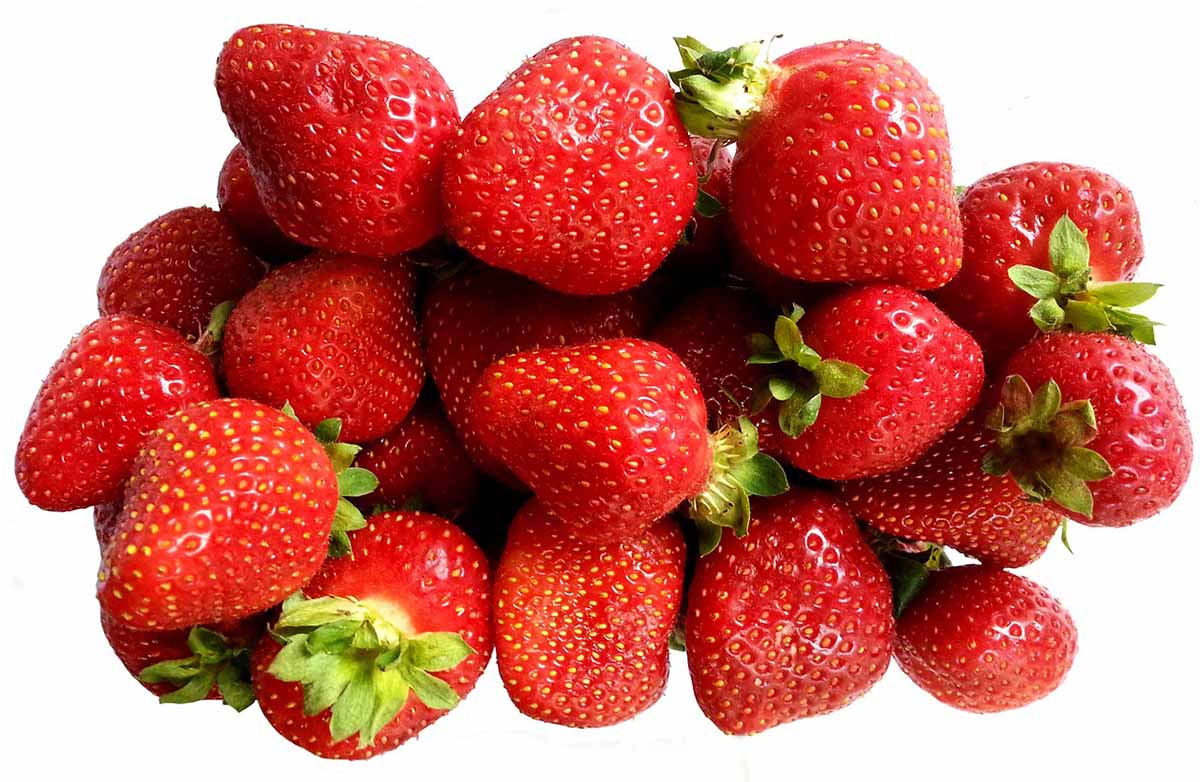
Strawberry Facts and History
Some people get excited for Autumn, some Summer, or Winter, or Spring, but one thing almost all people can agree on is being excited for the start of strawberry season. Whether it is jam, pie, crisp, or just biting into one of these sweet juicy berries, they are one of the most popular fruits available. So much so that it is one of the most common flavors and scents used in products.
There are references of strawberries in literature as far back as ancient Rome, but it was not until the late 18th century that the garden strawberry, which is what is commonly seen on shelves, was produced. Before this most strawberries were gathered from wild varieties, or from patches that were cultivated from a wild variety. These wild strawberries, produced smaller fruits with lower yields, although some varieties are said to have higher amounts of anti oxidants and flavanoids than modern strawberry hybrids.
Strawberries scientific name is Fragaria and they are part of the same family as roses, the Rosaceae family.
Health Benefits of Strawberries
- Strawberries are full of antioxidants, they are within the top 20 fruits for antioxidant capacity, and also one of the highest for vitamin C content.
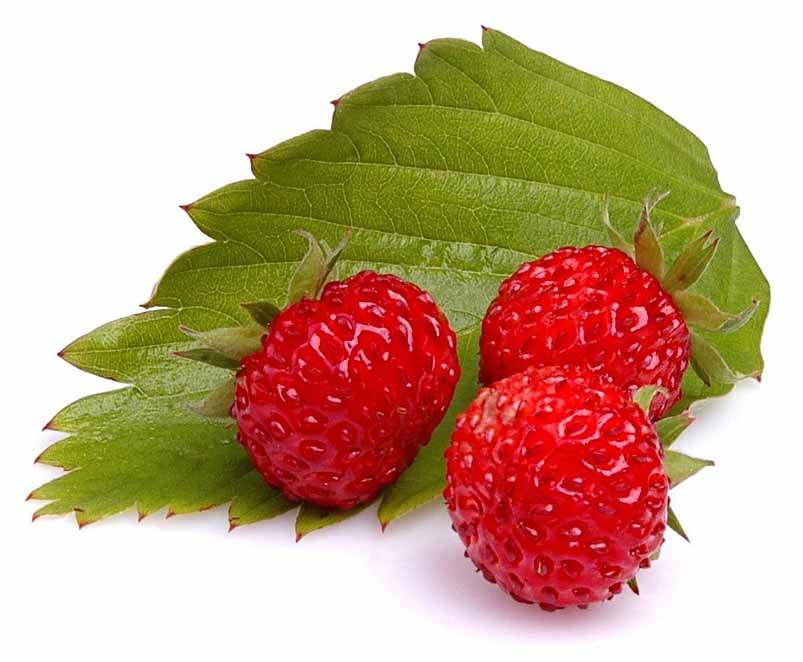 They provide almost the full recommended daily intake in a single serving.
They provide almost the full recommended daily intake in a single serving. - They are also high in fiber, potassium, manganese, and folic acid, and have good amounts of iron, calcium, magnesium, and vitamin E among other nutrients.
- The strawberry is low in calories, nearly fat and sodium free, and is cholesterol free.
- Some studies have connected strawberries with a decrease in the rates of inflammation, hypertension and cancer, as well as a lower risk for heart disease.
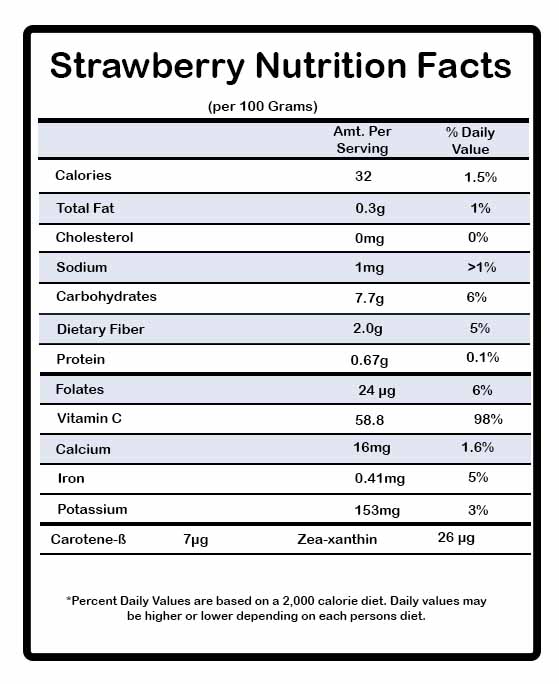
Choosing Strawberries
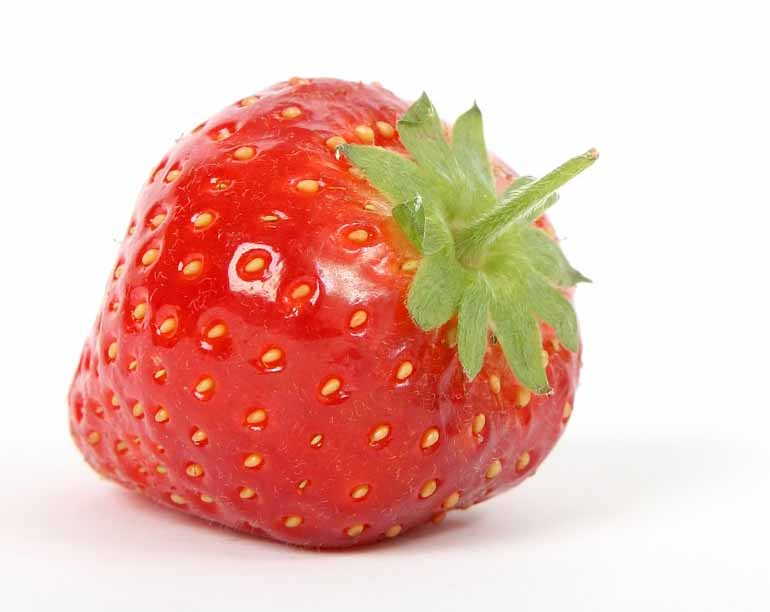 While it is possible to get strawberries from the supermarket year round, the season for getting local fresh berries normally only lasts for 3 or 4 weeks. This means it is important to take advantage of this time and to choose the sweetest most delicious berries to begin your early summer feasting with.
While it is possible to get strawberries from the supermarket year round, the season for getting local fresh berries normally only lasts for 3 or 4 weeks. This means it is important to take advantage of this time and to choose the sweetest most delicious berries to begin your early summer feasting with.
It is important to choose berries that are fully ripe because unlike some fruits, strawberries do no continue to ripen after they have been removed from the plant. You also do not want them to be over ripe because even ideal strawberries do not keep well for very long, and having over ripe berries in the bunch will have them deteriorate more quickly. Choose medium sized berries that are firm to the touch with full red color. White or yellow patches can indicate berries that need to ripen further, and if there is excessive staining on the container this can indicate that there are overripe berries in the batch.
If you are able to, go to a local farm market to purchase strawberries, or even better a local farm to pick your own. There is nothing better than a fresh strawberry picked right out of the field. Choosing organic strawberries if this is an option is also a good choice as they are on the list of the dirty dozen. A list of the fruits and vegetables that are most affected by the use of chemical fertilizers and pesticides.
